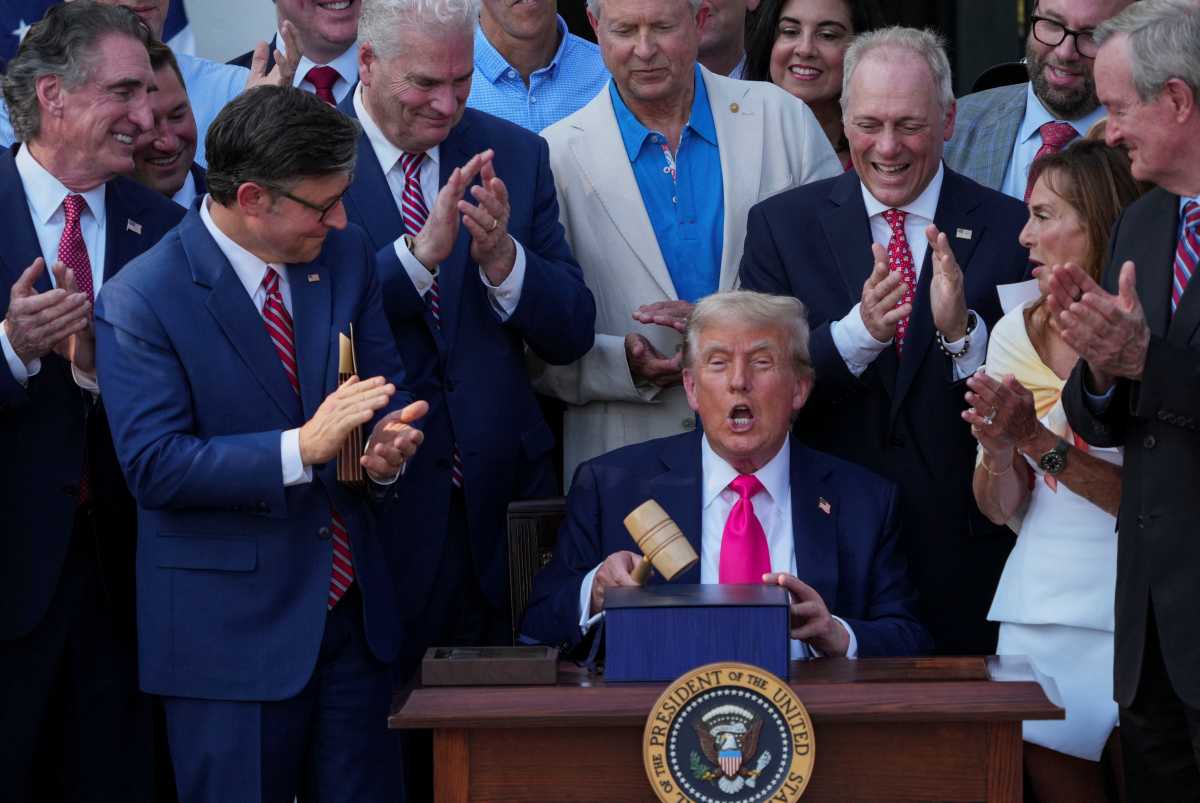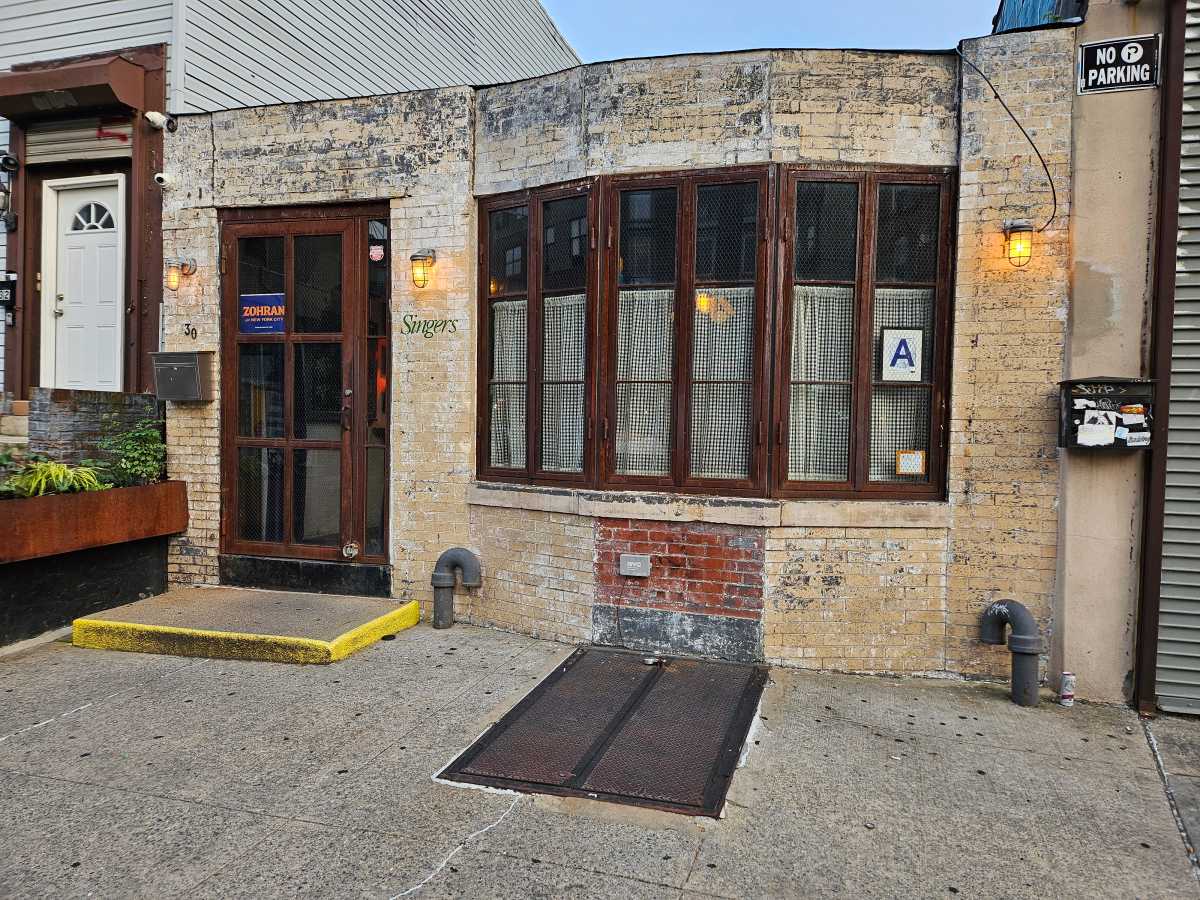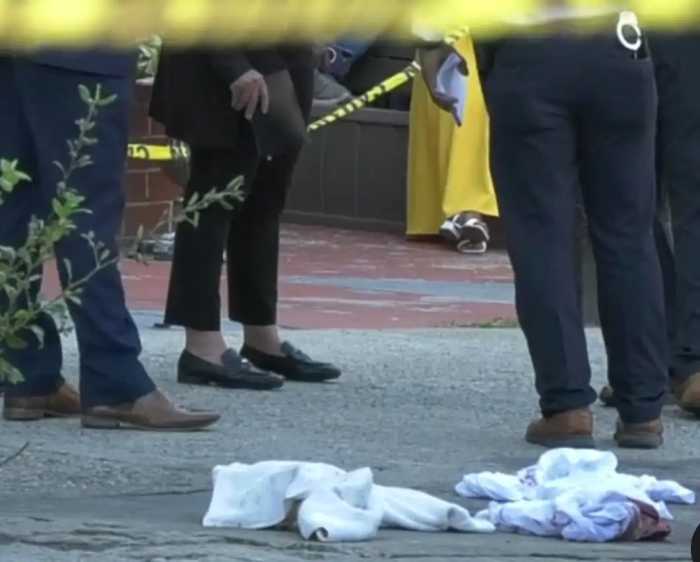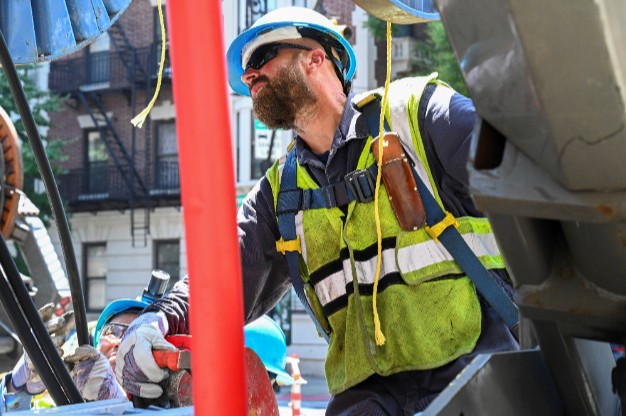If you go all the way back to 1900, three of the 10 worst storms to hit the Battery occurred after 2009. That’s one of the more staggering things revealed in the Bloomberg administration’s comprehensive analysis of the growing threats from climate change.
The most memorable — and overwhelmingly the largest of the 10 storms — of course, was Superstorm Sandy, which devastated chunks of Lower Manhattan as well as other parts of the region.
In southern Manhattan, defined as south of 42nd St., 73 percent more buildings are now in the flood plain, representing 10,000 more homes, even though the flood zone has not expanded significantly in Manhattan.
The 430-page report, “A Stronger More Resilient New York,” by Mayor Bloomberg and his team, is full of short-, medium- and long-term solutions to better protect the city.
The need is obvious.
We are pleased that the $20 billion plan is bolder than we and many others were expecting, given that Bloomberg had been so dismissive of harbor and river surge barriers. He is now proposing a few and is open to studying others.
That debate with the public, scientists and politicians needs to continue. We are far from consensus on that issue, but even if there was agreement, we’d still be a long way from building this protection.
That is why the shorter-term solutions, like movable barriers along Lower Manhattan’s vulnerable East Side, are important. Also critical is the level of attention paid to protecting utilities, hospitals and communication networks.
One reason Sandy hit Downtown so hard was because it was high tide here, but the city has also looked at protecting critical areas that made out fine — most notably our food supply, which comes in large part from Hunt’s Point.
The mayor has set up ambitious yet achievable goals for 2013 before he leaves office and he has given his successor a good framework to build on and change, where needed. The dialogue with the mayoral contenders on this issue should begin now.
We do have some concern about the amount of communication so far between the city, state and some of the other critical players, including the Metropolitan Transportation Authority.
Having watched the many years of delays redeveloping the World Trade Center, we know all too well the perils of competing jurisdictions and egos. The subways and transportation network are critical and there needs to be more coordination.
Lastly, the idea to build another Battery Park City in the East River, the so-called “Seaport City,” is very long-term, and we can already imagine the scoffing to come.
But we hope the idea gets a chance to breathe because it is worth exploring. We recognize the potential downsides — overdeveloping the waterfront, forever marring historic South St. Seaport by taking it away from the water — but these are not impossible obstacles to overcome.
While Battery Park City made out well after the storm, the Seaport and the rest of the East Side is clearly vulnerable. The plan would not only provide protection, but it would also add desperately needed park space.
It’s something for us and our future leaders to consider. In the meantime, let’s do what we can now to protect our lives, our homes and our livelihoods.





























